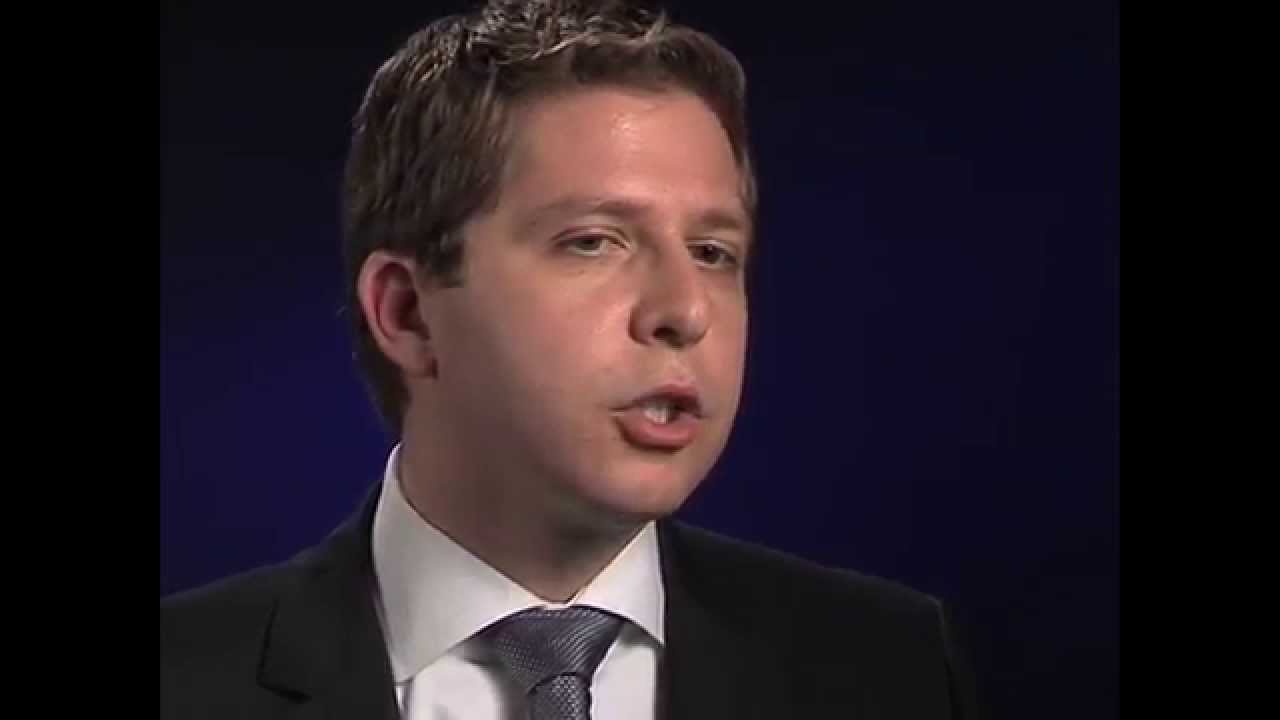“Brain scans could identify babies most at risk of developing autism, study shows,” The Guardian reports.
Researchers think that looking for distinct changes in infant brains could identify some children with autistic spectrum disorder (ASD).
A small US study used MRI scans to look at the brains of around 150 infants – 106 were thought to be at high risk of developing autism because of their family history. Autism can run in families, with multiple siblings being affected.
This study found some shared signs of unusual brain overgrowth in 15 high-risk infants at 6 and 12 months old. All of the 15 then went on to be diagnosed with ASD at 24 months.
However, 15 children is too small a number to have confidence in these results. If the results could be replicated in larger studies, a screening method could perhaps be created for children thought to be at high risk of the condition.
Even then, because of the complex nature of ASD, it’s likely that further assessment using a combination of behavioural and psychological tests would still be required.
Early signs and symptoms of ASD in preschool children include delayed speech and language development, repetitive behaviour, not responding to their name being called, and little interest in interacting with others.
Visit your GP or health visitor if you’re concerned about your child’s development.
Where did the story come from?
The study was carried out by researchers from several institutions in the US, including the University of North Carolina, the University of Minnesota and New York University.
It was funded by a grant from the US National Institutes of Health, Autism Speaks and the Simons Foundation.
The study was published in the peer-reviewed medical journal, Nature.
The UK’s media coverage on this research was generally poor. The Mail Online in particular reported that “scientists used MRI scan[s] to diagnose [the] condition in hundreds of babies under two years old”, which is simply not true. ASD was not diagnosed by the MRI scans, it was diagnosed using traditional methods.
Differences in the MRI brain scans were only seen in 15 children out of 148, and we don’t know if these changes are related to ASD or not.
What kind of research was this?
This was a proof of concept study that used brain scans and data from the Infant Brain Imaging Study (IBIS) to investigate whether ASD could be detected in six-month-old children at high risk of the condition before symptoms emerged.
Children with ASD tend to present with symptoms such as problems with social interaction and communication before the age of three.
Previous studies have shown that social deficits characteristic of ASD sometimes emerge in early childhood during the first and second years of life.
Small studies have also suggested there may be brain changes that start before 24 months of age, but these have not been validated.
ASD has been known to run in families. This study wanted to see if brain changes associated with the condition could be detected earlier in children at high risk of developing ASD. They also wanted to know if it could be detected early in children who were at low risk.
What did the research involve?
This analysis used data from the Infant Brain Imaging Study (IBIS), a network study that collected clinical data from four hospitals in the US.
IBIS enrolled children at both high and low risk of ASD. Children were defined as high risk if they had an older sibling clinically diagnosed with ASD.
Infants entered the study at six months of age, and the same children were followed up at 12 and 24 months.
The children were assessed using a brain MRI scan at each of these three time points. The MRI images were used to obtain brain tissue volumes and measurements of the surface area of the brain and cortical thickness.
Further tests measured cognitive development, adaptive functioning and behaviours associated with autism. The assessments were made using the Mullen Scales of Early Learning and the Vineland Scales of Adaptive Behaviour.
Autism-specific assessments included the Autism Diagnostic Interview-Revised, the Autism Diagnostic Observation Scale, and the Symbolic Behaviour Scales of Development Profile.
The final diagnosis of ASD was made by a clinician at 24 months of age using these tools.
This analysis looked at data for 106 high-risk individuals and 42 low-risk children. The researchers analysed the data to see if there were associations between diagnosis of ASD at 24 months and any clinical symptoms earlier in infancy.
What were the basic results?
There were noticeable brain changes in 15 infants below the age of 24 months who went on to be diagnosed with ASD at 24 months.
The changes seen were increased cortical surface area expansion at 6-12 months and brain overgrowth at 12-24 months. The emergence of social deficits characteristic of the condition became apparent during this time period.
There was no difference in total brain volume growth at 6-12 months between the high-risk and low-risk infants.
However, total brain volume growth rate was increased in the high-risk group during the second year of life, when compared with low-risk children. There was no difference between the groups in cortical thickness.
How did the researchers interpret the results?
The researchers concluded: “These findings demonstrate that early brain changes occur during the period in which autistic behaviours are first emerging.
“Our data suggest that very early postnatal hyper expansion of cortical surface areas may have an important role in the development of autism.”
Conclusion
This early-phase research suggests there may be brain changes associated with ASD, and MRI scans could potentially be used to aid earlier diagnosis.
However, we don’t know if these changes are present in all children with ASD. Much larger studies would be required to see if this is the case.
The researchers suggest these findings may have implications for the early detection of and intervention for ASD.
However, any such test would need to have a high degree of accuracy to avoid over- or under-diagnosis of ASD in infants. Even if this test was well validated, it would probably be just the start of a process of diagnosis.
Early signs of ASD in preschool children fall into four main categories:
problems with spoken language
failing to respond to others
problems with social interaction
unusual behaviour
See your GP or health visitor if your child is showing symptoms of ASD or you’re worried about their development.
If appropriate, your GP can refer you to a healthcare professional or team who specialise in diagnosing ASD.
Summary
“Brain scans could identify babies most at risk of developing autism, study shows,” The Guardian reports. Researchers think that looking for distinct changes in infant brains could identify some children with autistic spectrum disorder (ASD).
Links to Headlines
Autism detectable in brain long before symptoms appear. BBC News, February 15 2017
Accurate test for autism? Scientists use MRI scan to diagnose condition in hundreds of babies under 2 years old. Mail Online, February 15 2017
Brain scans could identify babies most at risk of developing autism, study shows. The Guardian, February 15 2017
Links to Science
Cody H, Hongbin Hm Brent G, et al. Early brain development in infants at high risk for autism spectrum disorder. Nature. Published online February 15 2017




